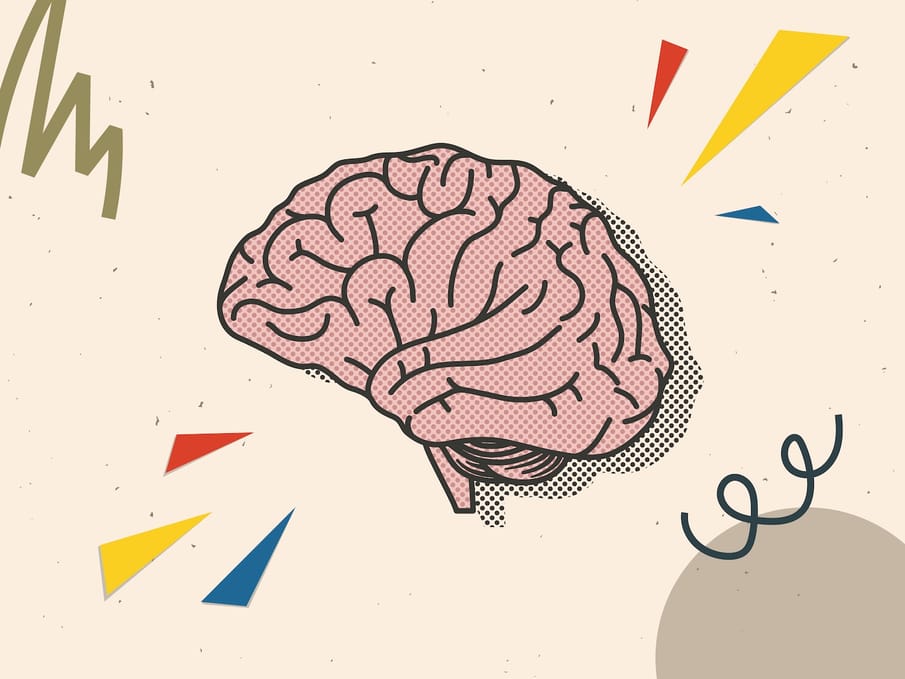Fiona Moss, director of brain haemorrhage charity, The Natalie Kate Moss Trust, spreads awareness about the importance of managing blood pressure as they seek to prevent more brain haemorrhages from happening
Every year, 4.6 million people suffer from a brain haemorrhage, but only three out of five of those individuals will survive beyond one month. These statistics are devastating, and, sadly, they haven’t changed in 40 years.
At The Natalie Kate Moss Trust, our mission is to be the change by generating funds to support life-saving treatment after a brain haemorrhage and, critically, to prevent them before they happen.
Not all brain haemorrhages are preventable, but many can be avoided through better blood pressure management. Hypertension (high blood pressure) is the leading cause of lifestyle-related brain haemorrhages. Unfortunately, on average, a third of the population has high blood pressure, and a staggering 50% of those people are undiagnosed. Given that hypertension is the root cause of 10 million deaths every year, these individuals are at risk of not only brain haemorrhages but also countless other health complications, including strokes and heart attacks.
A common misconception is that high blood pressure only affects older people, but this is not true. The Office for National Statistics (ONS) shows that the age group 16-35 has the highest percentage of undiagnosed hypertension cases relative to the number of cases. Therefore, it is critical for more people, regardless of age, to understand the major risks associated with hypertension and to develop better habits around regularly checking their blood pressure.
Therefore, our mission at The Natalie Kate Moss Trust is to help prevent more brain haemorrhages from happening by educating people about the risks associated with high blood pressure and raising awareness about the vital importance of checking and managing your blood pressure.
What is blood pressure?
Blood pressure measures how forcefully your blood travels through your blood vessels. When you measure your blood pressure, you get two numbers on the machine. The top number (systolic pressure) represents the pressure in the arteries when the heart beats, pumping blood into the arteries. The bottom number (diastolic pressure) represents the pressure in the arteries when the heart is relaxed between beats. Most doctors agree that the ideal blood pressure for a physically healthy person is around 120/80mmHg.
How do you check your blood pressure?
A common misconception is that the only place to check your blood pressure is at the GP. However, if you do not visit the GP often, you are unlikely to get it checked there. Many pharmacies now offer free blood pressure checks, which is a great alternative.
But, the easiest way to regularly check your blood pressure is by having a blood pressure monitor at home. This not only makes it easier for you to check, but you are also likely to do it more often. Additionally, you are less likely to suffer from 'white coat syndrome,' where your blood pressure goes up artificially high because you are anxious about the result. By taking your blood pressure at home, you are more likely to be calm, resulting in a more accurate reading. Your blood pressure naturally fluctuates throughout the day; what you want to understand is if it is consistently high.
How do you manage your blood pressure?
Lifestyle significantly affects your blood pressure. A poor diet, especially one high in salt, little exercise, stress, smoking and alcohol consumption are all key contributors to high blood pressure. Therefore, managing your lifestyle and well-being may help reduce high blood pressure. However, if you have high blood pressure, please ensure you also speak to your GP who will support you in creating a plan to bring your blood pressure down, either through lifestyle changes or medication.
When and how often you take your blood pressure readings will depend on your own blood pressure history. It can be useful to monitor your blood pressure closely initially, such as every day for a week, then less often but at regular intervals, such as once a month. Speak to your doctor or nurse about what’s suitable for you. If you are ever worried about your blood pressure, do not wait; speak to your GP.
Want to learn more about how nutrition can help lower blood pressure? Visit Nutritionist Resource.
The Natalie Kate Moss Trust is a North West-based charity that works to prevent and treat brain haemorrhages. Our prevention campaign focuses on spreading awareness about the importance of better blood pressure management, given that it is a leading cause of lifestyle-related brain haemorrhages. To find out more, visit The Natalie Kate Moss Trust: nataliekatemoss.co.uk


Comments